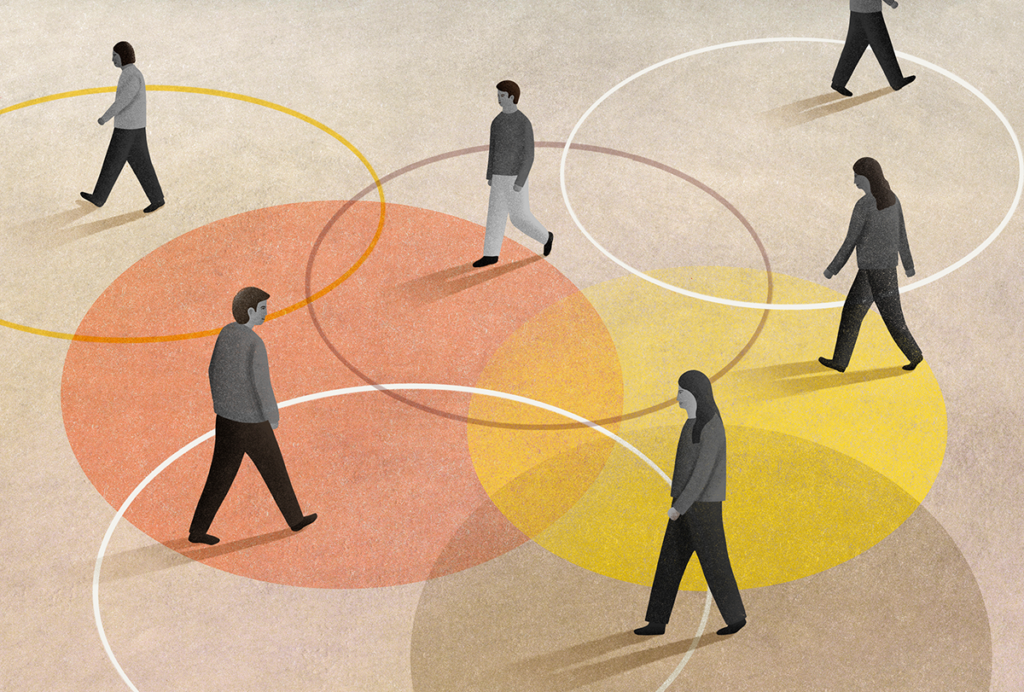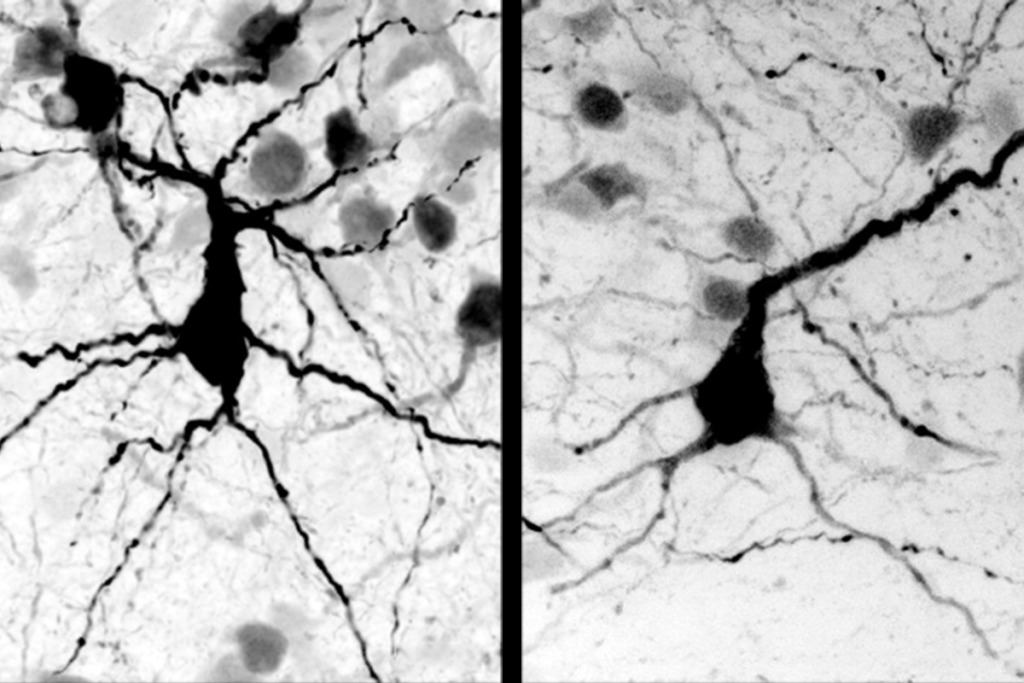Seizures trigger autism-like behaviors in mice
Mice with an extra copy of the autism-linked gene UBE3A show abnormal social behavior after experiencing recurrent seizures. The findings, presented Tuesday at the Autism Consortium Research Symposium in Boston, provide one possible explanation for why seizures and autism often go hand in hand.
Mice with an extra copy of the autism-linked gene UBE3A develop abnormal social behaviors after experiencing recurrent seizures. The findings, presented Tuesday at the Autism Consortium Research Symposium in Boston, provide one possible explanation for why seizures and autism often go hand in hand.
They also suggest that seizures amplify the effects of autism risk genes. “It’s sort of a gene-environment interaction,” says lead investigator Matthew Anderson, associate professor of pathology at Beth Israel Deaconess Medical Center in Boston.
Roughly one in three people with autism also has epilepsy. These people tend to score lower on tests of social, motor and daily living skills than those who do not have epilepsy. But it’s unclear whether seizures lead to autism or whether the two simply share risk factors.
The researchers began probing the link between autism and epilepsy by injecting healthymice with the seizure-inducing chemical pentylenetetrazole once daily for ten days. The animals experienced increasingly severe seizures over the course of the study. They also lost their innate preference to spend time with an unfamiliar mouse over an inanimate object — a social impairment revealed by the three-chamber social approach task.
Many mouse models of autism show the same social impairment, says Vaishnav Krishnan, a postdoctoral fellow in Anderson’s lab who presented the work. “We were able to show that seizures alone are able to cause the same thing, and these mice don’t have any genetic predisposition for autism,” Krishnan says.
Digging deeper:
The researchers cannot say for sure that the social impairments stem from seizures and not the drug itself. But Krishnan notes that other researchers have obtained similar results using different drugs that cause seizures. “We don’t think it’s purely a drug effect,” he says.
Following the seizures, the mice show dampened expression of PTEN, an autism-linked gene. This effect is seen mainly in the hippocampus, a brain region that is damaged in some people who have seizures.
The mice also show an increase in the expression of UBE3A within three hours and up to ten days after receiving the first drug dose. The molecular changes the seizures induce are similar to those seen in people who have genetic forms of autism, Krishnan says.
UBE3A is located in the 15q11-13 chromosomal region, which is duplicated in up to 3 percent of people with autism. Loss of this region from the maternally inherited chromosome leads to Angelman syndrome, a developmental disorder that shares some features with autism.
Seizures are common in a subtype of 15q11-13 duplication that leads to two extra copies of the region. Roughly 80 percent of people with this type of duplication have autism. The other type of duplication results in one extra copy of the gene; about 57 percent of these people have autism.
To investigate the role of UBE3A in seizure-induced social behavior, the researchers created mice with either one or two extra copies of the gene. They found that mice with two extra copies of UBE3A have reduced levels of PTEN and impaired social preference even in the absence of the drug. “If they have this extra copy, their social preference is lost completely,” says Anderson.
In contrast, mice with only one extra copy of UBE3A show normal levels of PTEN and typical social preferences. These mice show reduced PTEN levels and only develop seizures and atypical social behavior after the drug treatment. Mice that lack UBE3A are resistant to these drug-induced changes.
The researchers plan to investigate whether seizures amplify other autism symptoms in mice. They also hope to pin down the brain regions involved in the process.
For more reports from the 2014 Autism Consortium Research Symposium, please click here.
Recommended reading

New organoid atlas unveils four neurodevelopmental signatures
Explore more from The Transmitter

The Transmitter’s most-read neuroscience book excerpts of 2025

Neuroscience’s leaders, legacies and rising stars of 2025


